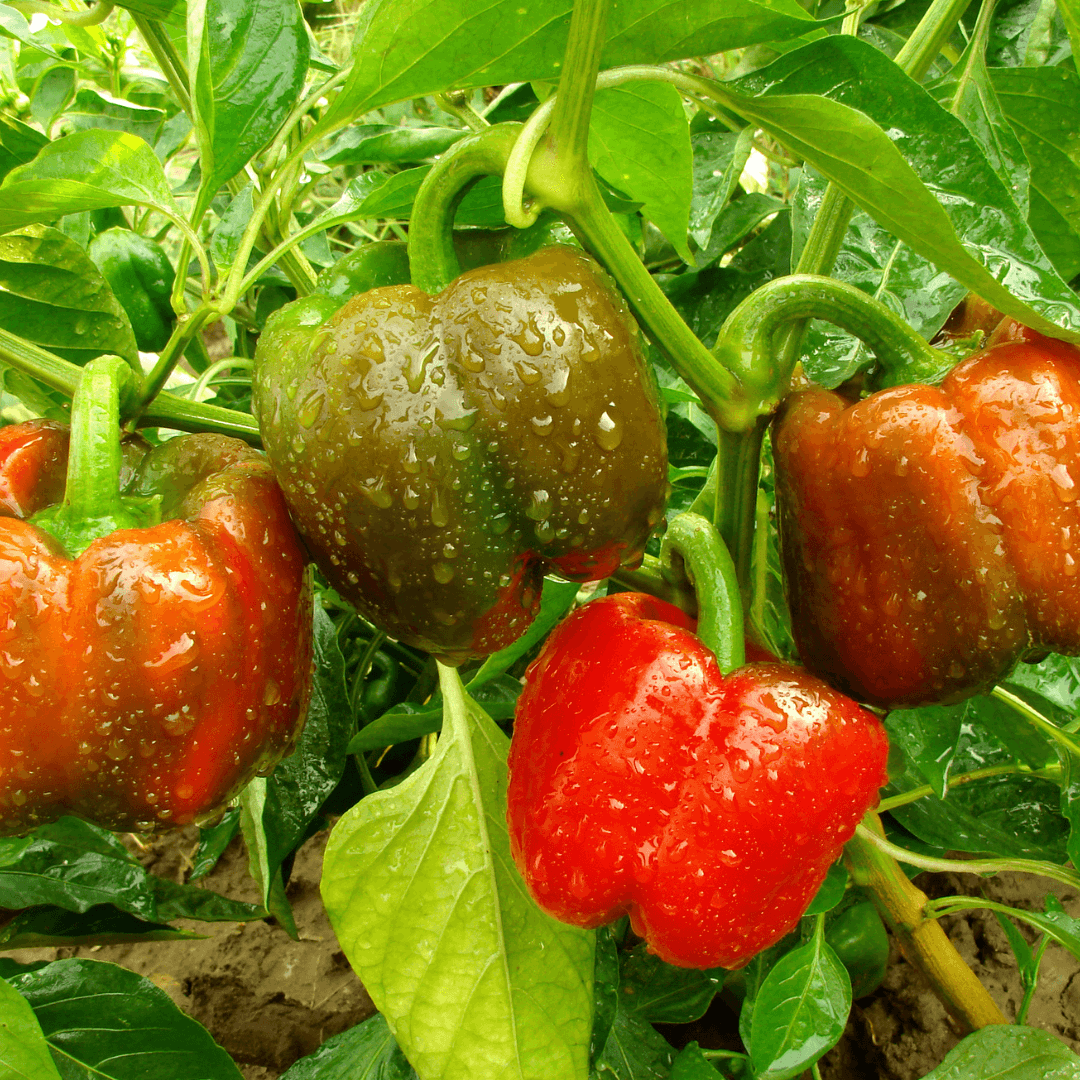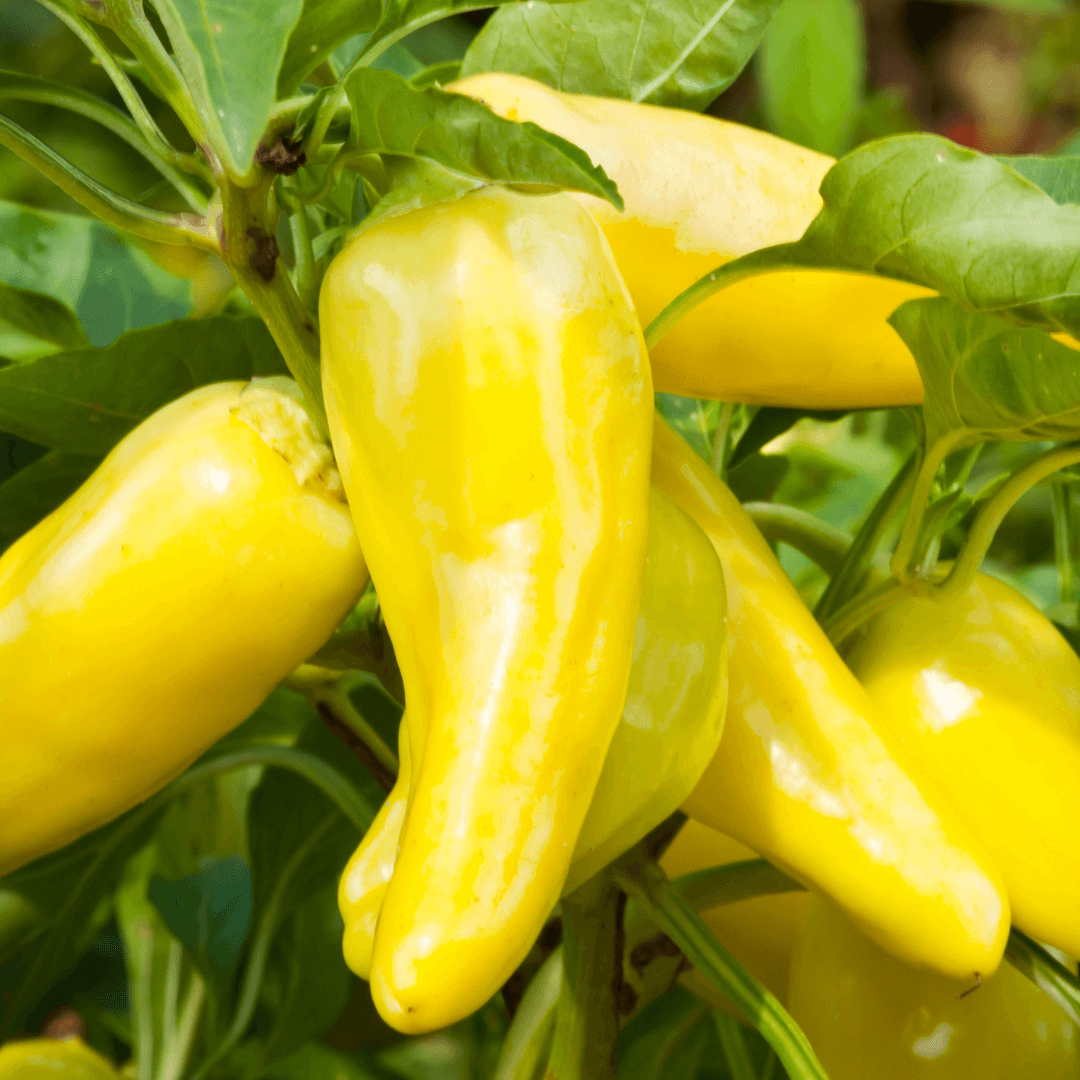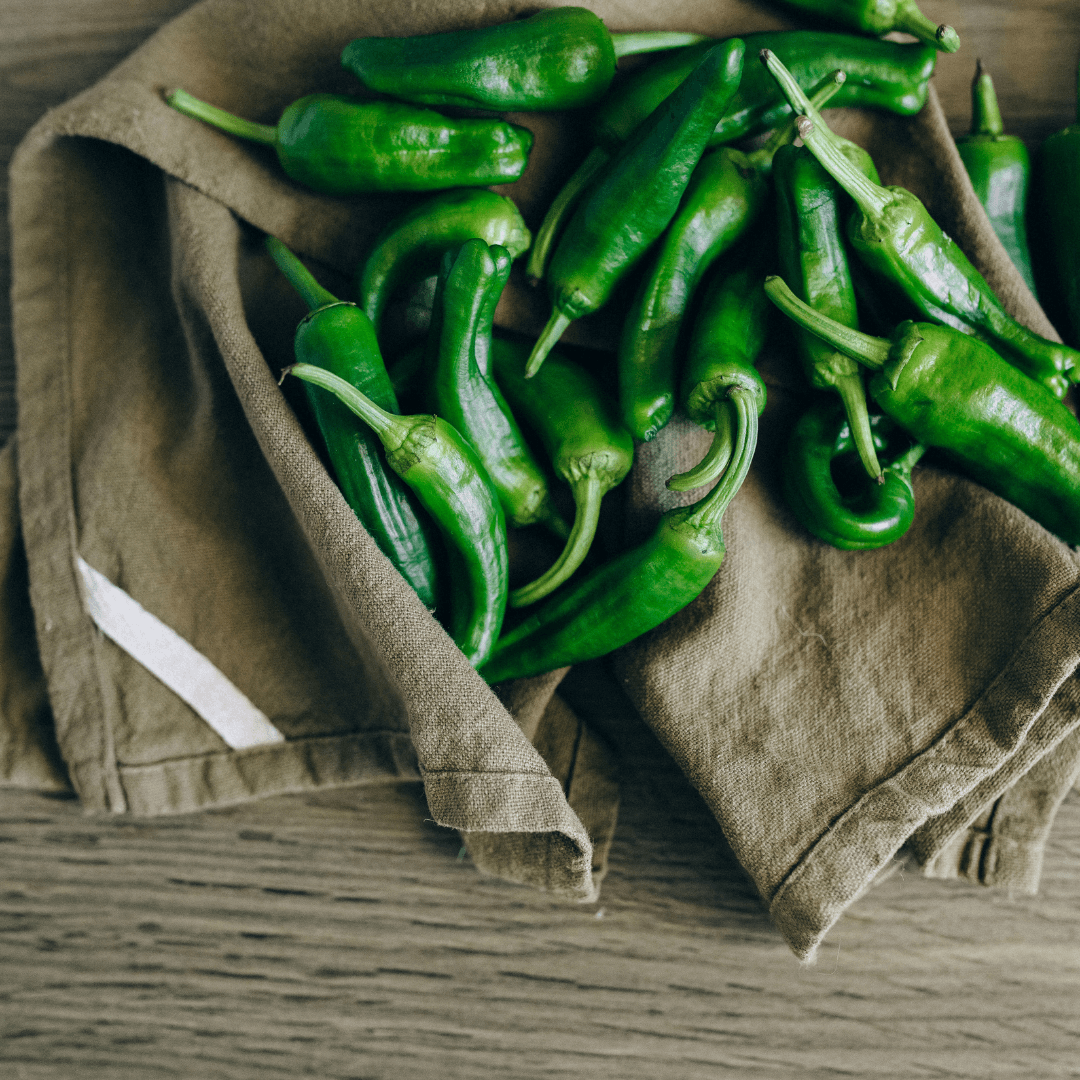Serrano peppers are one of the most popular chili pepper varieties worldwide. These small, spicy peppers have a unique flavor that adds a kick to any dish. And what better way to enjoy them than growing your own at home? With the proper care and attention, serrano peppers can thrive indoors. Let's learn how to grow serrano peppers indoors so you can enjoy these spicy peppers year-round!
A Great Addition to Any Indoor Garden
One of the most significant benefits of growing serrano peppers indoors is that they make a great addition to any indoor garden. These compact plants don't occupy much space, making them ideal for apartment dwellers or anyone with limited outdoor space. Plus, they're easy to grow and require minimal maintenance.
Serrano pepper plants also offer more than just a spicy flavor. They have attractive foliage with small white flowers that eventually transform into bright green fruit, making them an eye-catching addition to any indoor garden.
The Benefits of Growing Serrano Peppers Indoors
Growing serrano peppers indoors offers several advantages over growing them outdoors. For starters, indoor plants are protected from pests and diseases that can damage outdoor crops. Additionally, indoor conditions can be controlled more efficiently, allowing you to create the perfect environment for your plants.
Indoor gardening also means you can harvest fresh peppers all year round. With proper care and attention, your serrano pepper plants will produce fruit throughout the year, giving you a constant supply of fresh chilies for cooking or snacking.
Another benefit of growing serrano peppers indoors is that it's environmentally friendly. By growing your chilies at home instead of buying them from a store, you're reducing your carbon footprint and helping to reduce food waste.
Whether you're an experienced gardener or new to indoor gardening, growing serrano peppers is a rewarding experience with many benefits. The following sections discuss everything you need to know to grow healthy and productive serrano pepper plants indoors.
Choosing the Right Container
Container Size for Serrano Peppers
When choosing a container for your serrano pepper seeds, it's important to consider the size of the plant and its root system. You want to ensure the container is large enough to support healthy plant growth.
A container at least 10 inches in diameter and depth should suffice for serrano pepper plants. However, a larger container could yield better if you have the space.
The Importance of Drainage Holes and Proper Soil
Drainage is crucial when growing serrano peppers indoors. Excess water can accumulate in the soil without proper drainage, leading to root rot or other diseases that can harm your plant.
Ensure your container has drainage holes at the bottom to allow excess water to escape. In addition to adequate drainage holes, proper soil is essential for successful indoor serrano pepper growth.
Look for a well-draining potting mix that contains perlite or vermiculite. These additives will help improve soil structure and prevent water from accumulating in the soil.
When filling your container with soil, leave about an inch of space between the top of the soil and the rim of the pot. This will give you enough space to water without overflowing onto your windowsill or floor.
Serrano Pepper Seeds

$2.49
Serrano Pepper Seeds – Heirloom, Non-GMO, Non-Hybrid, Open-Pollinated – Perfect for Spicy Gardens Looking to add some heat and flavor to your garden? Our Serrano Pepper seeds are the ultimate choice for pepper enthusiasts. These premium seeds are heirloom, non-GMO,… read more
A Note on Container Materials
While you can use any type of sturdy material as a container for your serrano pepper plants - such as plastic or terra cotta - some materials are better than others for indoor growing conditions. Avoid metal containers, which heat up quickly under direct sunlight and damage your plant's roots.
Instead, opt for containers made from ceramic or clay that keep moisture levels consistent. They are also more aesthetically pleasing than plastic containers if you want something that looks nice on display in your home.
Lighting Requirements
The Importance of Proper Lighting for Serrano Peppers
Serrano peppers require adequate lighting for healthy growth, and providing them with the right amount and intensity of light is important. These plants receive ample sunlight in their natural habitat, which is essential for photosynthesis.
However, it can be challenging to provide enough light when grown indoors. Without enough light, your serrano pepper plants may struggle to develop and produce fruit.
How Much Light Do Serrano Peppers Need?
To grow correctly, Serrano peppers need at least 6-8 hours of sunlight daily. If you're growing them indoors, ensure they get enough light by placing them near a south-facing window or using artificial lighting. You can use grow lights designed for indoor gardening to give your plants the right light spectrum.
Choosing the Right Grow Lights
When choosing lights for growing serrano peppers indoors, look for ones that emit blue and red wavelengths, as these are the most important for plant growth. LED grow lights are popular as they consume less energy than traditional fluorescent or incandescent bulbs and produce less heat.
Tips on Providing Adequate Light
To ensure your serrano pepper plants receive adequate lighting:
- Place them near a south-facing window with plenty of sunlight, or use LED grow lights if natural light is unavailable.
- Keep an eye on the intensity of light your plants receive using a lux meter device.
- Adjust the distance between your plants and the grow lights according to their growth stage - closer during the germination stage and further away during the fruiting stage.
- Avoid exposing your serrano pepper plants to too much heat, which may damage or stunt their growth.
You'll enjoy a healthy crop of fresh peppers from your indoor garden by providing your serrano pepper plants with adequate lighting.
Temperature and Humidity Control
The Ideal Temperature Range for Serrano Peppers
Serrano peppers thrive in warm temperatures, ideally between 70°F and 80°F. Temperatures outside this range can cause stress to the plant, resulting in stunted growth or even death. If you're growing your serrano peppers indoors, keeping them away from cold drafts and air conditioning vents is essential.
During the night, it's recommended that you maintain a temperature of around 60°F to 70°F for the best results. If the temperature falls below this range, it could damage your plant's leaves and fruit.
Maintaining Proper Humidity Levels
Humidity levels play a critical role in the growth of serrano pepper plants. These plants prefer a high humidity level ranging between 60% to 70%. However, excessively high humidity can encourage fungal diseases such as powdery mildew and root rot.
If your indoor environment is too dry, you may need to increase humidity levels artificially by using a humidifier or placing a tray with water near the plant. Alternatively, if you live in an area with high humidity levels, you may need to reduce humidity by increasing ventilation or using a dehumidifier.
It's important also to avoid misting serrano pepper plants as this can promote fungal growth on leaves and fruit. Instead of misting directly on the plant's surface, mist around it so water droplets settle on surrounding surfaces.
Watering and Fertilizing
How often to water serrano peppers indoors
Watering your serrano peppers is a crucial aspect of indoor gardening. Over-watering can lead to root rot, while under-watering can stunt growth and cause the leaves to wilt. To determine when it's time to water your plants, you can check the soil moisture level.
Insert your finger about an inch into the soil; if it feels dry, it's time to water them. Watering frequency will depend on several factors, such as humidity levels, container size, and temperature.
Typically, indoor serrano peppers need watering every 4 - 7 days when grown in a soil mixture that drains well. However, avoid sticking to a strict schedule since some plants may require more or less frequent watering depending on their needs.
How to properly fertilize serrano peppers inside
Fertilizing serrano pepper plants will ensure they get all the necessary nutrients for optimal growth and fruit production. Before applying fertilizer, test your soil pH level using an at-home testing kit from your local garden center or hardware store.
Ideal pH levels should range between 6 - 7 for optimal growth. When selecting fertilizer for your serrano pepper plants, opt for one high in nitrogen since this nutrient helps with leafy growth early in the plant's life cycle.
Once it starts producing flowers and fruit formation begins, switch to a fertilizer higher in potassium which will help with fruit development. Apply fertilizer every three weeks during the growing season using a water-soluble formula diluted according to package instructions.
Avoid over-fertilizing, as this can lead to root burn and stunted growth. Remember that organic fertilizers like compost tea are gentle alternatives that do not risk damaging roots if over-applied.
Remember that watering and fertilizing are critical aspects of caring for your indoor serrano peppers. Keeping up with these tasks will help your plants grow strong and healthy, producing abundant spicy peppers.
Pruning and Training Techniques
Pruning Techniques for Serrano Pepper Plants
Pruning is an essential technique when it comes to growing serrano peppers indoors. It helps maintain the plant's shape, prevents overcrowding, and ensures optimal growth.
When pruning your serrano pepper plant, remove the dead or wilted leaves, which can attract pests and disease-causing organisms. You should also remove any suckers that grow from the base of the plant.
Suckers are small branches that grow between the main stem and leaves. They can compete with the main stem for nutrients if left unchecked, leading to stunted growth.
When pruning your serrano pepper plant, use sharp scissors or shears to avoid injuring the stem or leaves. Cut just above a node or a joint where a leaf joins a branch, as this is where new growth will emerge.
How to Train Serrano Pepper Plants for Optimal Growth
Training your indoor serrano pepper plants involves encouraging them to grow in a specific direction or shape. This technique ensures that plants access adequate light and space for optimal growth. One common training method is staking.
This involves inserting a stake into the soil next to your pepper plant and tying it with twine or string. As your plant grows taller, tie it loosely around the stake every few inches so that it grows upward in an organized manner.
Another training method is topping. This involves cutting off the top part of your serrano pepper plant when it reaches its desired height.
Doing so encourages more lateral branching, which leads to more flowers and fruit production. Pruning and training are important techniques for growing healthy serrano pepper plants indoors.
With proper training techniques such as staking and topping, you can ensure that your plants get adequate light while maintaining their shape for optimal growth. Pruning helps remove dead leaves and suckers, ensuring plants get sufficient nutrients for healthy growth.
Pepper Seed Assortment | 8 Variety Pack

$15.95
8 Pepper Seeds Variety Pack – Heirloom, Non-GMO, Open-Pollinated, Non-Hybrid Seeds Elevate your garden with our 8 Pepper Seeds Variety Pack! This premium selection includes a mix of heirloom, open-pollinated, non-hybrid, non-GMO pepper seeds, perfect for beginner and experienced gardeners.… read more
Pests and Diseases: Keeping Your Serrano Peppers Healthy
Growing serrano peppers indoors requires careful attention to pests and diseases that can decimate your plants. Some common pests attracted to pepper plants include aphids, spider mites, whiteflies, and thrips. These tiny insects can quickly spread throughout your indoor garden and damage your plants.
One way to prevent pests from damaging your serrano peppers is to keep an eye on the leaves and stems of the plant. Look for any signs of yellowing or wilting, indicating a pest infestation.
If you notice these signs, use a natural insecticide or spray water and dish soap on the affected areas. Diseases can also negatively impact your serrano peppers if not addressed quickly.
Common diseases that affect pepper plants include blossom end rot, bacterial spot, and anthracnose. To prevent disease in your indoor garden, regularly inspect the leaves and stems for any signs of disease.
If you notice diseased areas on your serrano peppers, prune them immediately with sterilized pruning shears. Be sure to dispose of any infected plant matter in a sealed trash bag to prevent further contamination.
Prevention is Key
Preventative measures are the best way to keep pests and diseases at bay when growing serrano peppers indoors. Before planting your peppers, make sure you use sterilized soil that's free from harmful bacteria or fungi. Additionally, maintain proper humidity levels by using a humidifier or placing a tray filled with water near the plants.
This will help prevent dry conditions, which are ideal for attracting pests such as spider mites. It's also essential to provide adequate ventilation in your indoor garden, as stagnant air can create the perfect environment for fungal infections like powdery mildew.
Cultural Controls
Another way to prevent pests and diseases is through cultural controls. This includes practices such as crop rotation, which involves alternating the location of your serrano pepper plants from season to season. This can help prevent soil-borne diseases from taking hold.
Additionally, you can use companion planting, which involves planting certain crops alongside your serrano peppers that can naturally repel pests. By incorporating preventative measures and cultural controls into your indoor gardening routine, you'll be able to keep your serrano peppers thriving all year round.
Harvesting Serrano Peppers From Indoor Plants
When to Harvest Your Peppers
Harvesting serrano peppers is an exciting part of growing them indoors. But when do you know it's time to pick them? Ideally, your serrano peppers should be harvested when they have reached their full size but are still green in color.
If you're unsure when that is, look at the length and width of the pepper – it should be about 1-2 inches long and around 0.5 inches wide. Another way to tell if your serrano peppers are ready for harvest is by looking at their skin texture.
They will have smooth, glossy, slightly firm skin when they mature. On the other hand, if your peppers have wrinkled or soft skin, they may be past their prime.
Harvesting Techniques
Now that you know when to harvest your serrano peppers, let's discuss how to do it properly. First, use scissors or pruning shears to cut the pepper stem just above where it connects with the branch of the plant. Be careful not to damage any other part of the plant while doing this – especially leaves or other developing peppers nearby.
You should also avoid pulling on the pepper itself as this can damage its fragile skin and flavor. Once you've harvested all your mature serrano peppers from a single plant, give it plenty of water and nutrients so that new fruits can start growing again soon.
Remember that harvesting your serrano peppers doesn't mean your work is done! You'll still need to continue caring for your plants so that new growth can occur in preparation for next season's harvest.
Preserving Your Harvested Peppers
If you've harvested more serrano peppers than you can use right away, don't worry! There are several ways to preserve them for future use.
One way is to dry them in the sun or a dehydrator until they're crisp and brittle. Once dried, you can store them in airtight containers and add them to your favorite dishes throughout the year.
Another way is to freeze your serrano peppers. Simply cut off the stem, chop them into small pieces, and put them in an airtight container or freezer bag.
They should keep for up to six months. You can also pickle your serrano peppers by combining vinegar, water, sugar, salt, garlic, and other spices until they boil.
Pour this mixture over sliced serrano peppers in jars and seal the jars tightly with their lids. The pickling process will help preserve their flavor and prolong their shelf life.
Harvesting serrano peppers doesn't have to be complicated as long as you know when they're ready and how to properly remove them from your plant. Remember to take care of your plant even after harvesting so that new growth can occur soon!
Conclusion - How to Grow Serrano Peppers Indoors from Seeds
Growing serrano peppers indoors can be a fun and rewarding experience. With the correct container, lighting, temperature and humidity control, watering and fertilizing, pruning and training techniques, and pest management strategies, you can watch your plants flourish and produce spicy peppers perfect for cooking or adding to salads.
Remember to choose a container that is appropriate for the size of your plant. Serrano peppers need good drainage to avoid root rot.
Adequate light is essential for their growth, so provide full sun or artificial light if necessary. The ideal temperature range is between 70-85°F with moderate humidity levels.
When watering your serrano pepper plants, ensure they are not overwatered, which can cause the roots to rot. Fertilize your plants every two weeks during the growing season with a balanced fertilizer that contains nitrogen, phosphorus, and potassium.
Pruning and training techniques help promote healthy growth by removing dead or diseased branches while guiding the plant's growth upward rather than spreading outwards. Following these techniques regularly throughout the growing season will produce a healthy plant producing plenty of spicy serrano peppers.
Always look for pests such as aphids or spider mites that may infest your pepper plant. At first signs of infestation, use natural remedies such as neem oil spray to combat these unwanted pests.
Growing serrano peppers indoors requires attention to detail, but seeing how beautiful they grow in your home is worth it! Follow these guidelines closely and enjoy watching your little garden grow!
 Frequently Asked Questions (FAQ) - How to Grow Serrano Peppers Indoors
Frequently Asked Questions (FAQ) - How to Grow Serrano Peppers Indoors
Q: Can serrano peppers be grown indoors?
A: Serrano peppers can be grown indoors with enough sunlight, water, and nutrients.
Q: What is the best pot size for growing serrano peppers indoors?
A: A 5-gallon pot is recommended for growing serrano peppers indoors. This will provide enough space for the plant's roots to grow and for the plant to produce a good yield.
Q: How much sunlight do serrano peppers need when grown indoors?
A: Serrano peppers need at least 6-8 hours of direct sunlight daily. If you don't have access to a sunny window, you can use grow lights to provide the necessary light.
Q: What kind of soil is best for growing serrano peppers indoors?
A: A well-draining soil with a pH between 6.0 and 7.0 is best for growing serrano peppers indoors. Mix potting soil, perlite, and vermiculite to create a suitable growing medium.
Q: How often should I water my serrano pepper plant when grown indoors?
A: Water your serrano pepper plant when the soil feels dry. Avoid overwatering, as this can lead to root rot. A good rule of thumb is to water once a week but adjust the frequency based on the plant's needs and environmental conditions.
Q: What kind of fertilizer should I use for my serrano pepper plant when grown indoors?
A: A balanced fertilizer with an NPK ratio of 10-10-10 or 5-10-5 is suitable for serrano pepper plants. You can use a slow-release or liquid fertilizer according to the package instructions.
Q: How long does it take for serrano peppers to mature when grown indoors?
A: Serrano peppers typically take around 75-90 days to mature when grown indoors. The exact timing can vary based on environmental conditions and growing conditions.
Q: How do I know when my serrano peppers are ready to harvest when grown indoors?
A: Serrano peppers are ready to harvest when they are firm, fully colored, and have reached their mature size. You can also taste-test the pepper to determine its spiciness level.
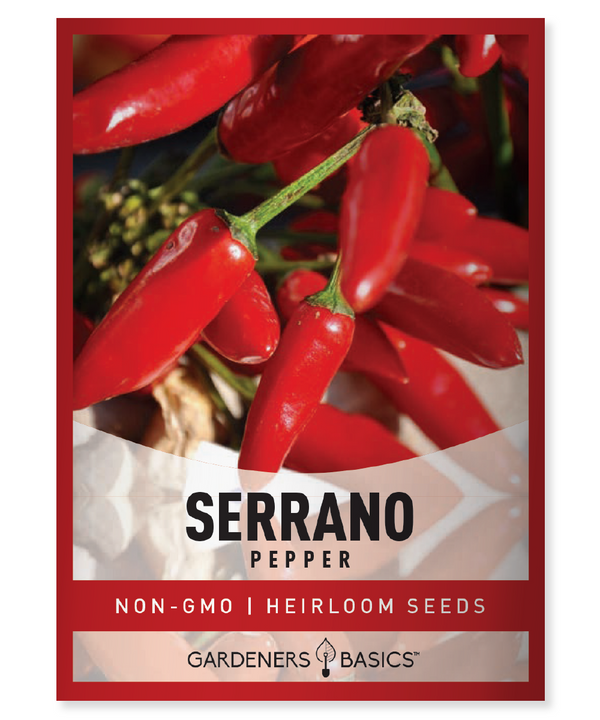
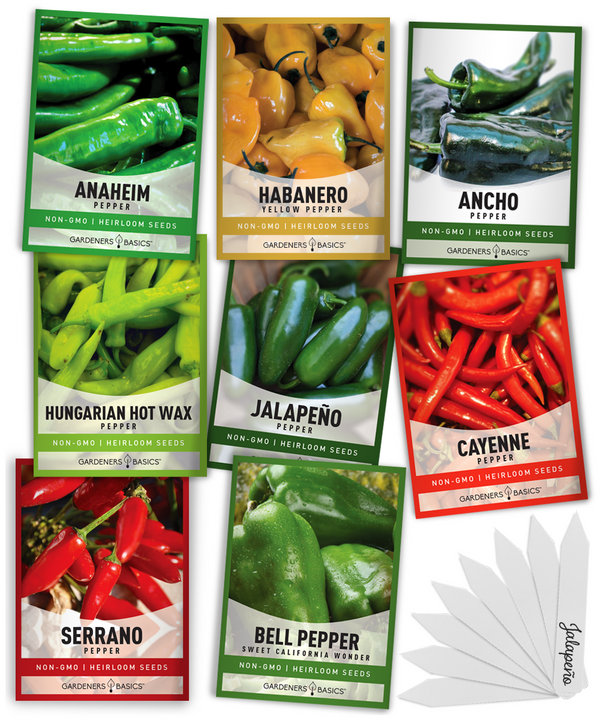
 Frequently Asked Questions (FAQ) - How to Grow Serrano Peppers Indoors
Frequently Asked Questions (FAQ) - How to Grow Serrano Peppers Indoors


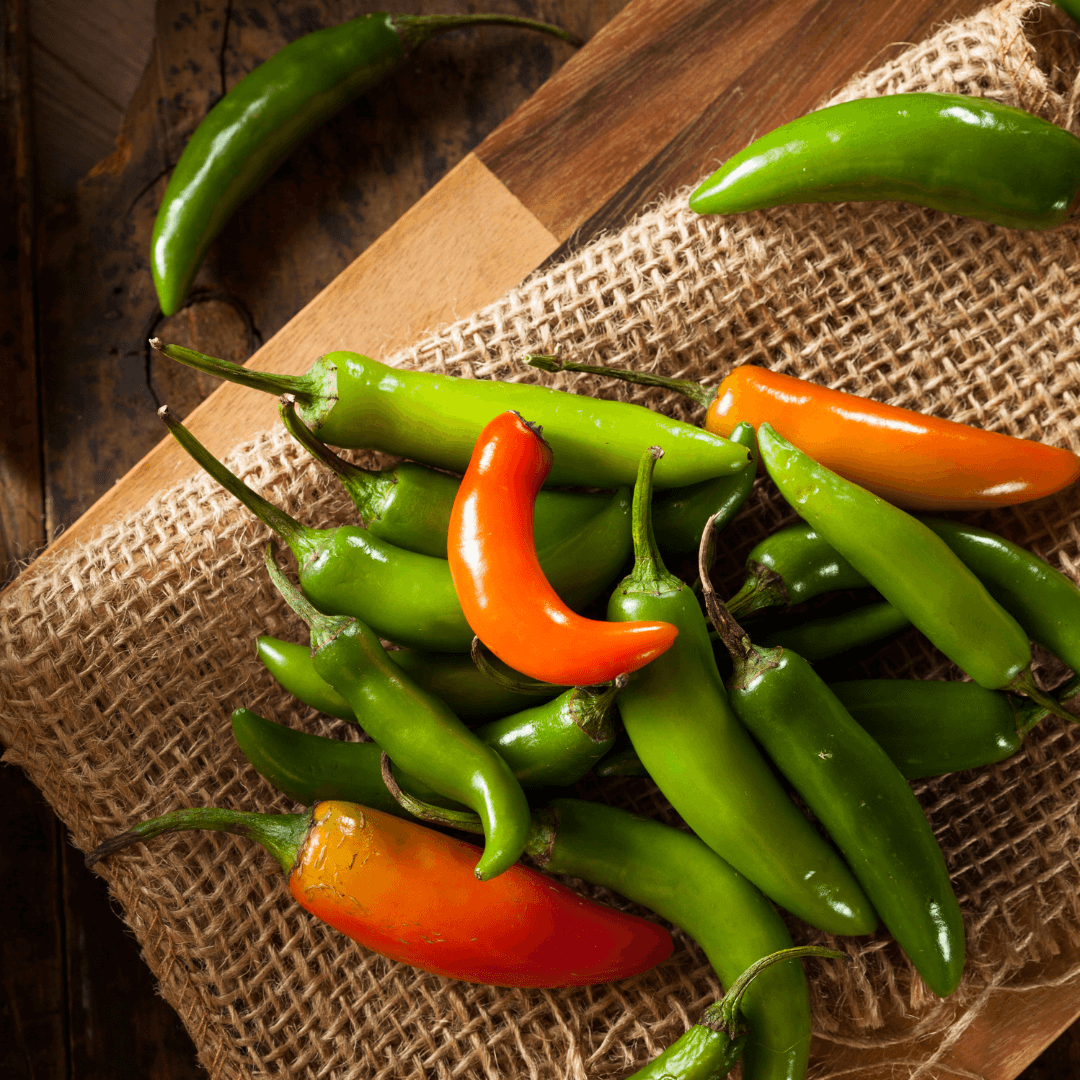

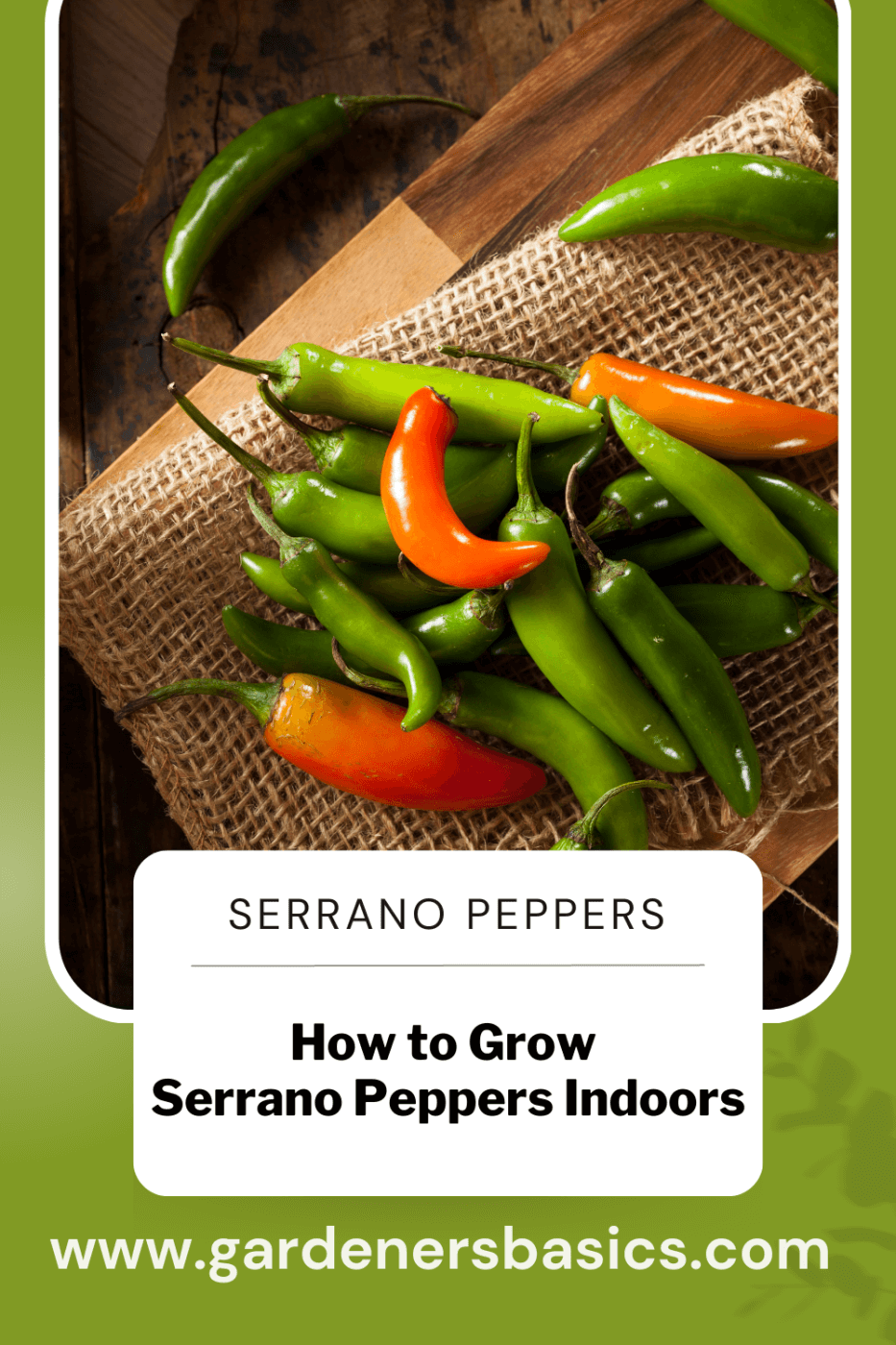 Frequently Asked Questions (FAQ) - How to Grow Serrano Peppers Indoors
Frequently Asked Questions (FAQ) - How to Grow Serrano Peppers Indoors